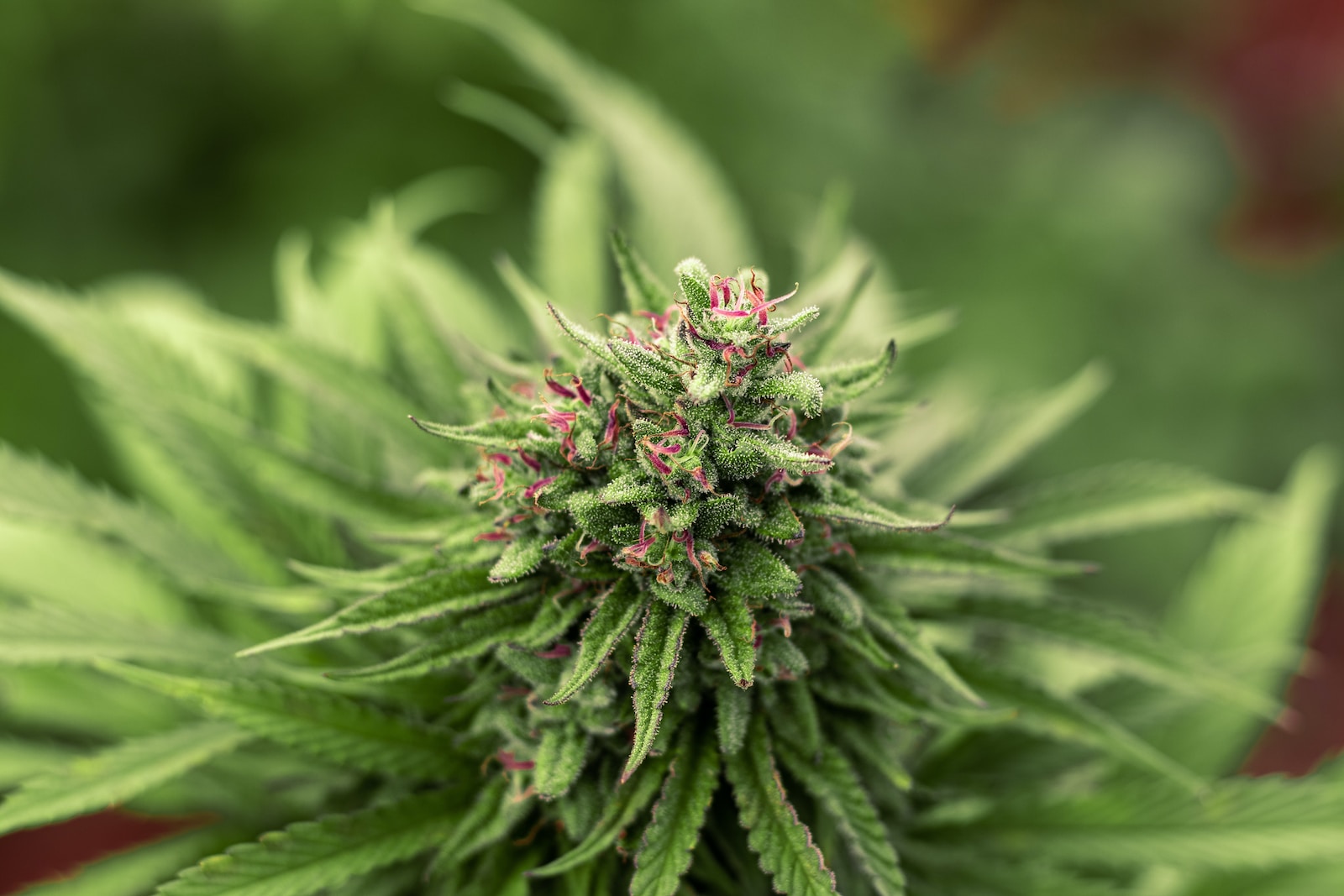
The Science Behind Cannabis: A Comprehensive Guide to Its Therapeutic Uses
The world of cannabis is undergoing a remarkable transformation. From its historical use as a recreational substance, it has evolved into a subject of scientific intrigue and medical exploration. The therapeutic potential of cannabis is capturing the attention of researchers, medical professionals, and individuals seeking alternative treatment options. In this comprehensive guide, we delve into the scientific aspects of cannabis, unraveling its intricate mechanisms and shedding light on its various therapeutic uses.
The Science Behind Cannabis: Unveiling Its Complex Composition
The Cannabinoids: Nature’s Gift
Cannabis contains a multitude of chemical compounds, with cannabinoids taking center stage. These compounds interact with our body’s endocannabinoid system, comprising receptors that regulate various physiological processes.
THC: The Psychoactive Agent
Tetrahydrocannabinol (THC) is perhaps the most famous cannabinoid, known for its psychoactive effects. It binds to receptors in the brain, leading to the euphoric sensations commonly associated with cannabis use.
CBD: The Non-Psychoactive Marvel
Cannabidiol (CBD), on the other hand, is non-psychoactive and is garnering attention for its potential therapeutic benefits. It interacts with receptors throughout the body, influencing pain perception, inflammation, and even mood.
Unlocking the Endocannabinoid System
The Orchestra of Balance
The endocannabinoid system (ECS) plays a pivotal role in maintaining homeostasis within the body. It regulates functions like sleep, appetite, mood, and immune response.
Receptors: CB1 and CB2
CB1 receptors are primarily found in the brain and central nervous system, influencing mood and cognition. CB2 receptors are prevalent in immune cells and impact inflammation and immune responses.
Cannabis’s Therapeutic Uses: From Pain Management to Neurological Disorders
Pain Management and Inflammation
The Pain-Relieving Potential
Cannabis’s pain-alleviating properties can be attributed to its interaction with CB1 receptors in the brain and CB2 receptors in immune cells. These interactions lead to reduced pain perception and decreased inflammation.
Applications in Chronic Pain
Chronic pain conditions, such as arthritis and neuropathy, have shown positive responses to cannabis-based treatments. CBD-rich strains are particularly promising due to their analgesic and anti-inflammatory effects.
Neurological Disorders and Epilepsy
Epilepsy: A Shining Example
Perhaps one of the most celebrated breakthroughs is the use of CBD in managing epilepsy, especially in cases of treatment-resistant epilepsy. CBD’s ability to reduce seizure frequency has transformed the lives of many patients.
Neuroprotective Potential
Beyond epilepsy, cannabinoids exhibit neuroprotective properties that could benefit individuals with neurodegenerative conditions like Parkinson’s and Alzheimer’s disease.
Anxiety, Depression, and Mental Well-being
Anxiety and CBD
CBD’s potential to modulate serotonin receptors makes it a candidate for managing anxiety disorders. It doesn’t induce the psychoactive effects associated with THC, making it a safe option for many individuals.
Depression and the Endocannabinoid System
Emerging research suggests that the endocannabinoid system plays a role in mood regulation. Cannabis’s influence on this system could have implications for managing depression.
Cannabis and Cancer: Sorting Fact from Fiction
Nausea and Pain Relief
Cannabis has long been associated with alleviating chemotherapy-induced nausea and vomiting. Both THC and CBD contribute to these effects by interacting with receptors in the brain.
Exploring Anti-Tumor Effects
Research into cannabis’s potential anti-tumor properties is ongoing. While some studies show promise, more research is needed to understand the precise mechanisms at play.
Navigating Cannabis Use: Safety and Considerations
Dosage and Administration
Determining the right dosage and mode of administration is essential for safe and effective cannabis use. Factors such as individual tolerance and the desired effects play a role.
Interactions and Side Effects
Cannabis can interact with other medications, potentially affecting their efficacy. Additionally, side effects such as dry mouth, dizziness, and changes in appetite should be considered.
Conclusion
The science behind cannabis is a captivating journey that intertwines intricate compounds with the body’s own regulatory systems. As researchers continue to unlock its potential, cannabis’s therapeutic applications are expanding beyond imagination. From pain management to neurological disorders, anxiety, depression, and cancer care, cannabis offers a multifaceted approach to health and well-being. With responsible use and ongoing research, the future holds a promise of even more profound insights into the healing powers of cannabis.